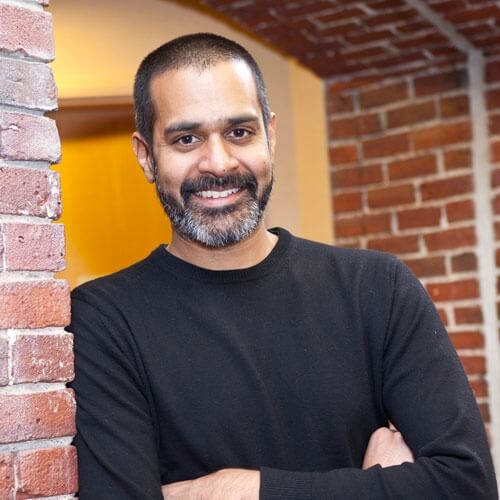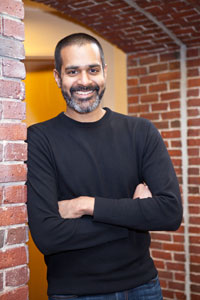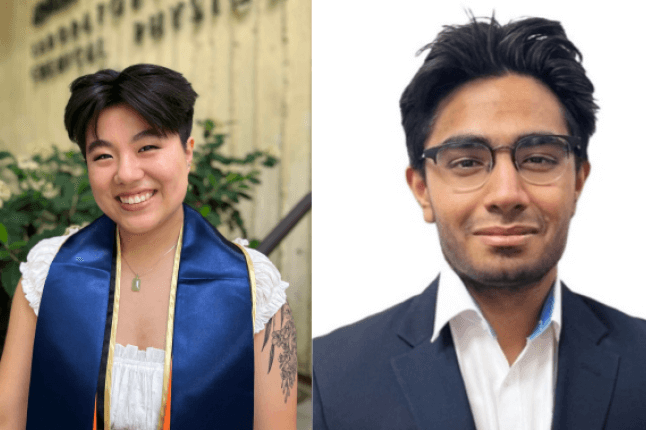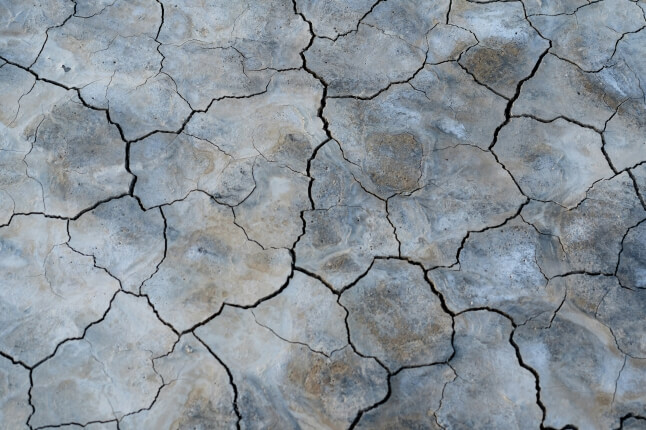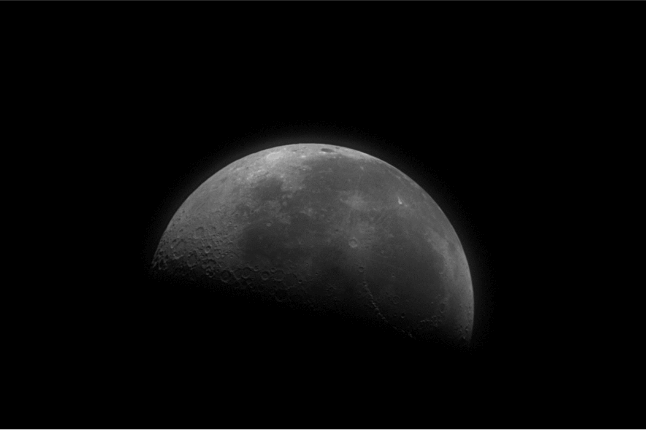News
Vinothan Manoharan is now Gordon McKay Professor of Chemical Engineering and Professor of Physics. (Photo by Eliza Grinnell, SEAS Communications.)
Cambridge, Mass. - April 1, 2013 - Vinothan Manoharan, chemical engineer and expert in the physics of self-assembly, has been granted tenure at Harvard University. He holds a joint appointment at the School of Engineering and Applied Sciences and in the Department of Physics as Gordon McKay Professor of Chemical Engineering and Professor of Physics.
Manoharan's research focuses on understanding how some systems can spontaneously create order out of disorder. Self-assembling structures are common in nature, and Manoharan hopes to understand the physics behind that organizational process.
"If we can understand the general rules in nature, it should be possible for us to design synthetic systems that self-assemble," says Manoharan. "That could lead to an entirely new way to make materials and devices."
So far, Manoharan has been using nanoparticles as a model system for studying the basic principles of self-assembly, developing new imaging techniques such as holographic microscopy to see what happens at each stage of the process in three dimensions. The next step is to expand this work to the realm of the tiniest biological systems, observing how viruses, for example, can self-assemble from component proteins.
"If we can understand this process, it would not only help us figure out some ways to mimic that self-assembly in synthetic systems; it could also help us figure out ways to disrupt the process—for example, to stop a virus from reproducing," Manoharan explains.
At larger size scales, the interactions between particles become more complex. How, for example, do living cells self-organize into tissues?
"There are lots of things we don't understand about this process," says Manoharan. "How do wounds heal, and why do scars persist? How do organs develop, or tumors grow within them? These are difficult questions, but I think a combination of both physical and biological perspectives can shed some light on them."
Manoharan's other recent work has included studies of colloidal mixtures. For example, one paper showed that Pickering emulsions (like ice cream or mayonnaise) can take years to stabilize, and another demonstrated the use of DNA as a sort of selective velcro to create directional bonds between colloidal particles.
His awards include a Faculty Early Career Development (CAREER) Award from the National Science Foundation (2008) and an Alfred P. Sloan Research Fellowship (2011).
Prior to his arrival at Harvard in 2005, Manoharan was a Postdoctoral Fellow in the Department of Chemical and Biomolecular Engineering at the University of Pennsylvania, where he studied the internal dynamics of foams. He received his B.S.E. from Princeton University in 1996 and his Ph.D. from the University of California, Santa Barbara, in 2004.
Topics: Applied Physics
Cutting-edge science delivered direct to your inbox.
Join the Harvard SEAS mailing list.
Scientist Profiles
Vinothan N. Manoharan
Wagner Family Professor of Chemical Engineering and Professor of Physics
